The ozone will be completely healed by 2066, UN says
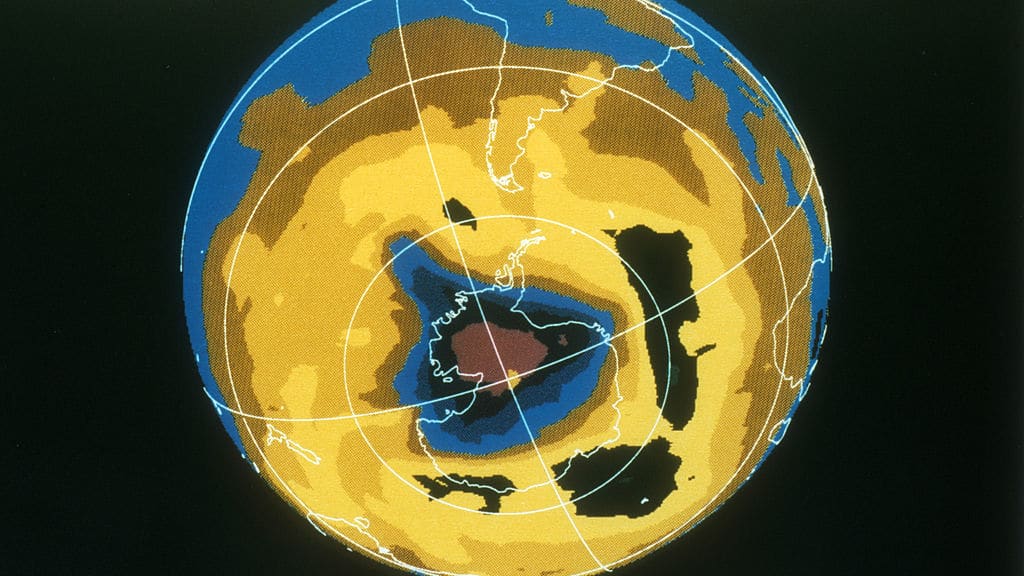

A United Nations report has shown that the hole in the ozone layer is on track to fully heal by 2066, reports The Associated Press. An assessment of the layer has been performed every four years since the world's nations agreed to stop using ozone-destroying chemicals like chlorofluorocarbons (CFCs).
The new report says that while progress is slow, the ozone is getting better and is expected to fully heal aside from the poles by 2040. The arctic will likely heal by 2045 and Antarctica, which has the most severe damage, by 2066, reports The Guardian. The ozone layer shields the planet from harmful radiation and ultraviolet rays.
Though signs of ozone healing were also present in the report from four years ago, this latest assessment provides more conclusive evidence on the matter. "In the upper stratosphere and in the ozone hole, we see things getting better," said Paul Newman, co-chairman of the scientific assessment. "Those numbers of recovery have solidified a lot."
The Week
Escape your echo chamber. Get the facts behind the news, plus analysis from multiple perspectives.

Sign up for The Week's Free Newsletters
From our morning news briefing to a weekly Good News Newsletter, get the best of The Week delivered directly to your inbox.
From our morning news briefing to a weekly Good News Newsletter, get the best of The Week delivered directly to your inbox.
Concern about the ozone harkens back to the 1980s. In 1987, nations signed the international Montreal Protocol, which eliminated 99 percent of ozone-depleting chemicals, many of which were used as refrigerants. David Fahey, a scientist at the National Oceanic and Atmospheric Administration and a lead author of the new assessment, described the protocol as "the most successful environmental treaty in history."
However, progress has not always been easy. In 2018, a small uptick in CFC use was traced to China, which then remedied the problem. Hydrofluorocarbons (HFCs) also rose in popularity at one point. Though they do not destroy the ozone, HFCs are still strong greenhouse gases and many countries are working to phase them out, per The Guardian.
"Ozone action sets a precedent for climate action," said Petteri Taalas, secretary-general of the World Meteorological Organization. "Our success in phasing out ozone-eating chemicals shows us what can and must be done."
A free daily email with the biggest news stories of the day – and the best features from TheWeek.com
Devika Rao has worked as a staff writer at The Week since 2022, covering science, the environment, climate and business. She previously worked as a policy associate for a nonprofit organization advocating for environmental action from a business perspective.
-
 Trump’s poll collapse: can he stop the slide?
Trump’s poll collapse: can he stop the slide?Talking Point President who promised to ease cost-of-living has found that US economic woes can’t be solved ‘via executive fiat’
-
 Codeword: December 7, 2025
Codeword: December 7, 2025The daily codeword puzzle from The Week
-
 Crossword: December 7, 2025
Crossword: December 7, 2025The daily crossword from The Week
-
 Blue Origin launches Mars probes in NASA debut
Blue Origin launches Mars probes in NASA debutSpeed Read The New Glenn rocket is carrying small twin spacecraft toward Mars as part of NASA’s Escapade mission
-
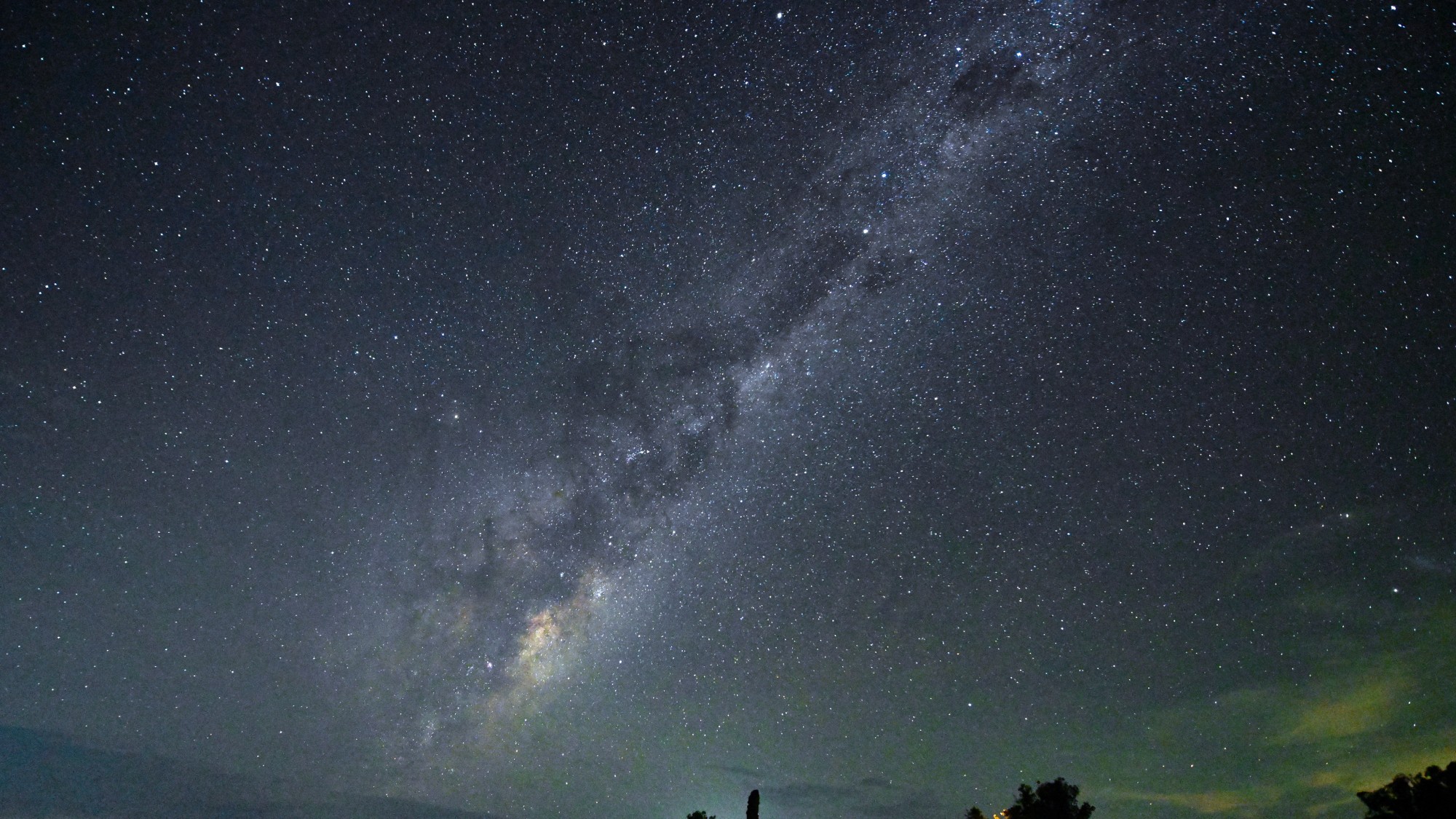 ‘The Big Crunch’: why science is divided over the future of the universe
‘The Big Crunch’: why science is divided over the future of the universeThe Explainer New study upends the prevailing theory about dark matter and says it is weakening
-
 Why scientists are attempting nuclear fusion
Why scientists are attempting nuclear fusionThe Explainer Harnessing the reaction that powers the stars could offer a potentially unlimited source of carbon-free energy, and the race is hotting up
-
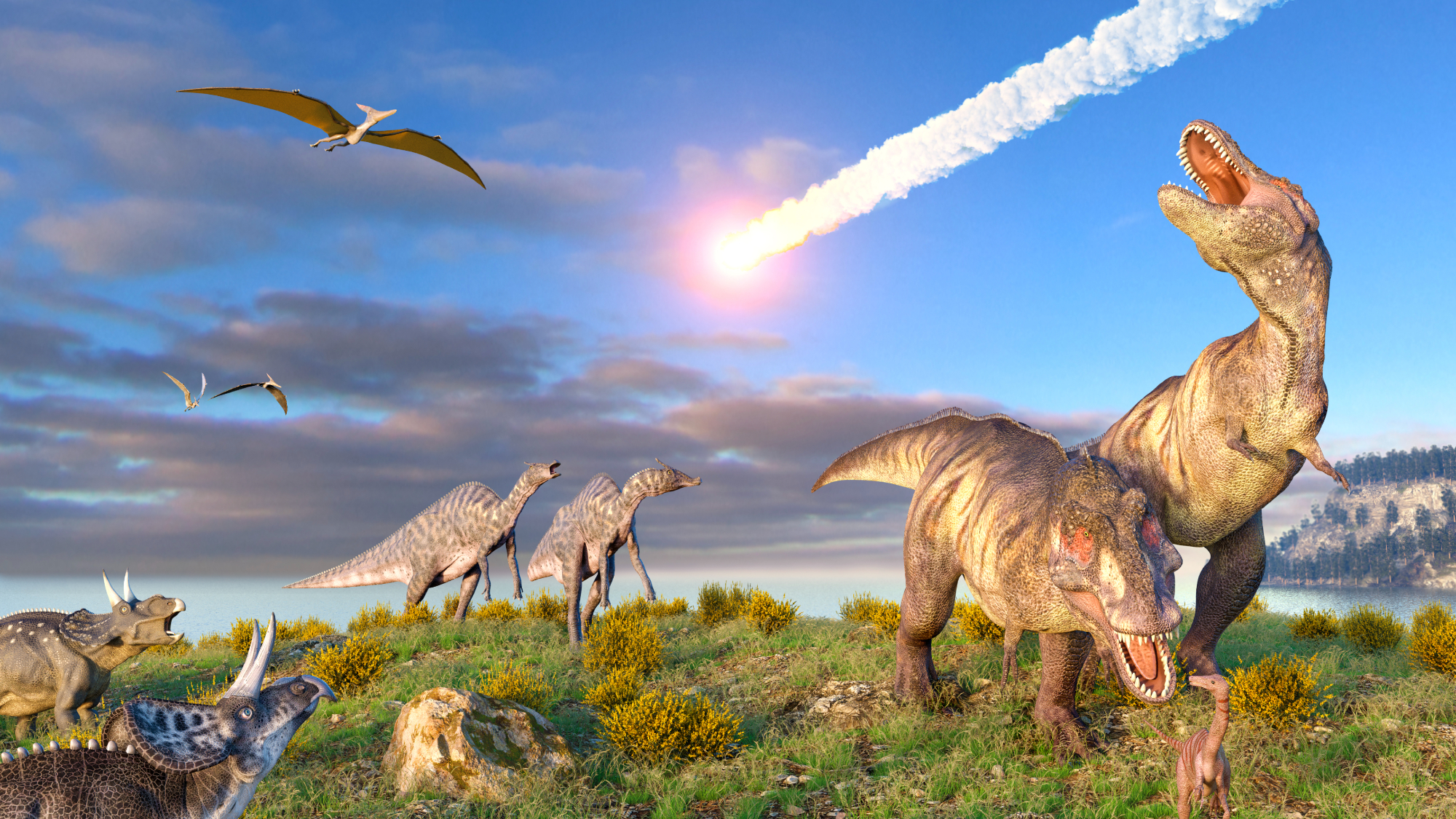 Dinosaurs were thriving before asteroid, study finds
Dinosaurs were thriving before asteroid, study findsSpeed Read The dinosaurs would not have gone extinct if not for the asteroid
-
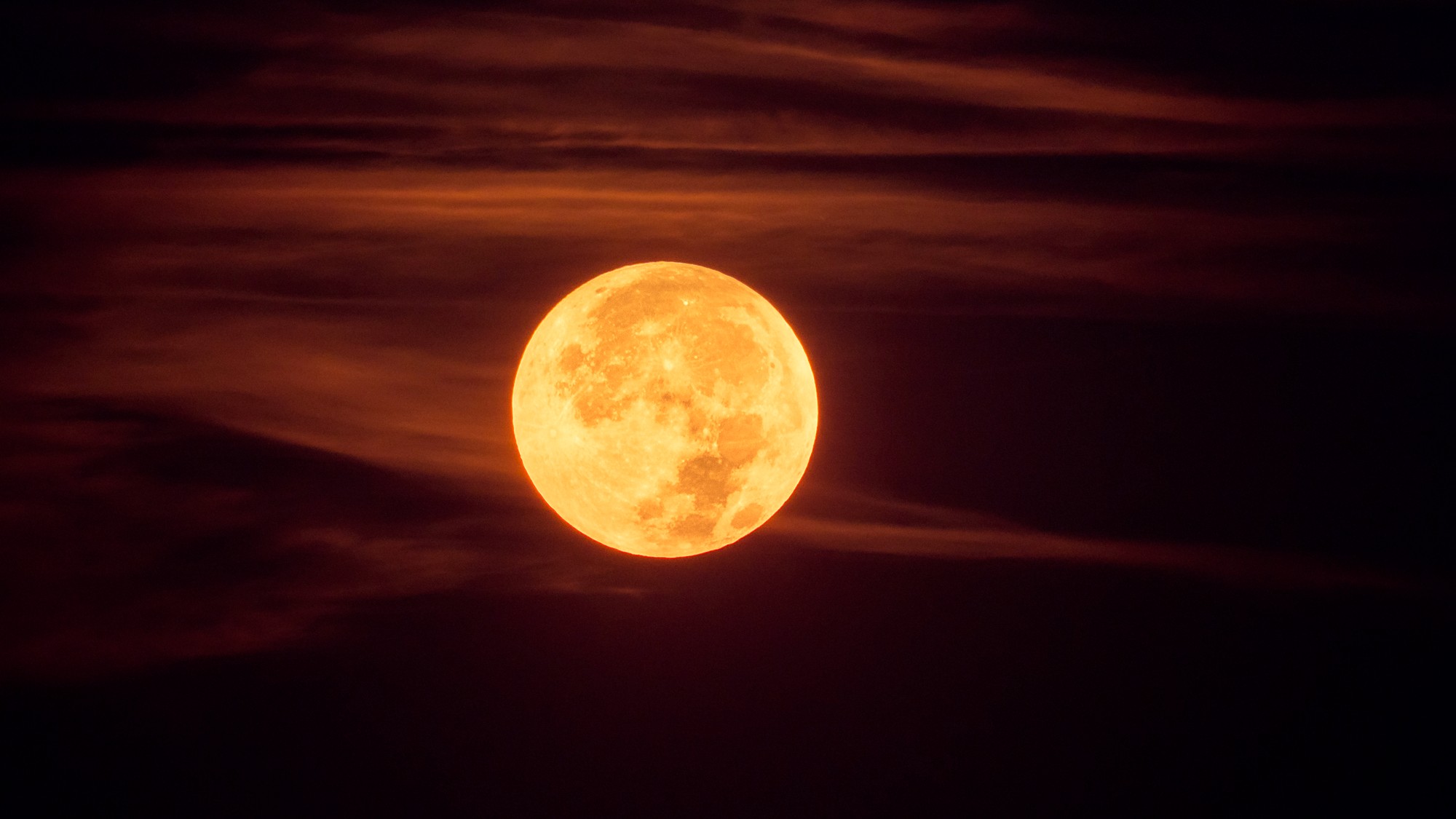 The moon is rusting
The moon is rustingUnder the radar The Earth is likely to blame
-
 Panspermia: the theory that life was sent to Earth by aliens
Panspermia: the theory that life was sent to Earth by aliensUnder The Radar New findings have resurfaced an old, controversial idea
-
 Africa could become the next frontier for space programs
Africa could become the next frontier for space programsThe Explainer China and the US are both working on space applications for Africa
-
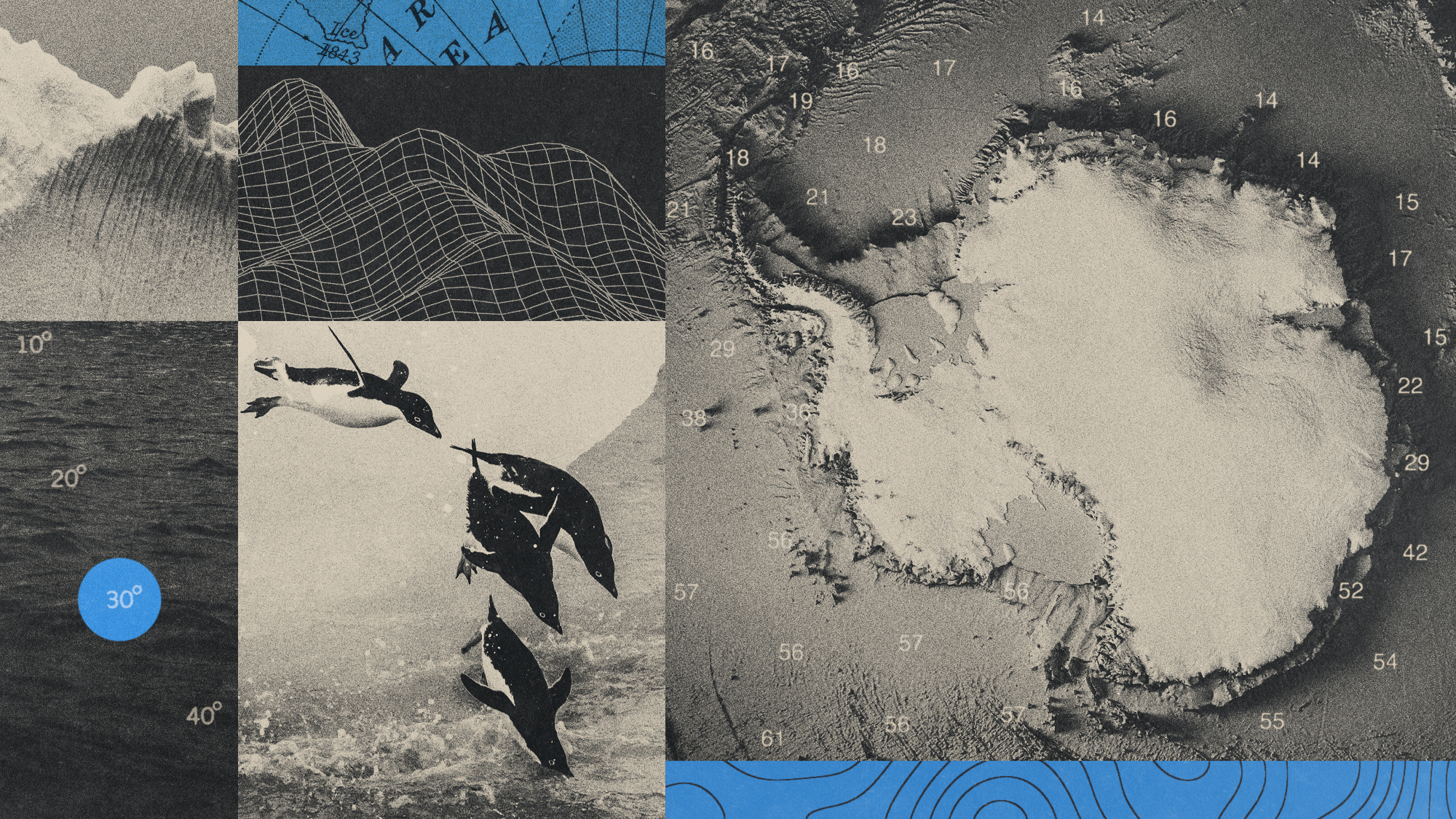 Canyons under the Antarctic have deep impacts
Canyons under the Antarctic have deep impactsUnder the radar Submarine canyons could be affecting the climate more than previously thought
